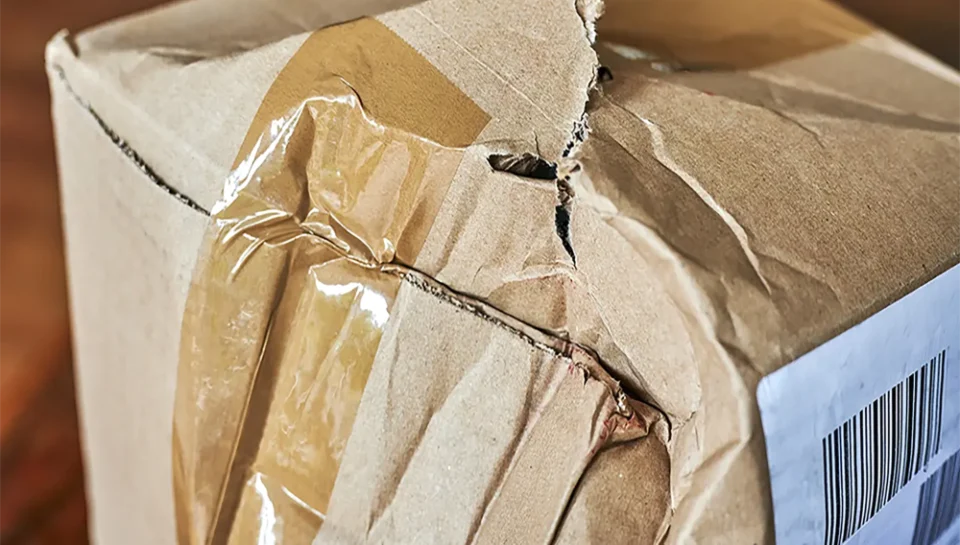
How can package design help reduce delivery damages?
Structural Reinforcement and Protection
- Packaging is designed with durable materials such as corrugated cardboard or rigid boxes.
- Internal inserts like molded pulp, foam, or cardboard dividers prevent product movement.
- Double-wall or laminated layers provide cushioning against impact.
- Edge protectors and reinforced corners help absorb pressure during handling.
- The outer structure is engineered to withstand stacking and compression.
Product Fit and Stabilization
- Customized compartments ensure a snug fit for each product component.
- Gaps are minimized to prevent internal shifting during transit.
- Void-fill materials such as air pillows or paper wraps are used for empty spaces.
- Die-cut slots or trays secure fragile or sensitive parts in place.
- Proper fit reduces rattling and vibration that lead to breakage.
Moisture and Climate Resistance
- Water-resistant coatings protect the package in humid or wet conditions.
- Barrier films or laminates are used to shield against moisture and dust.
- Vacuum-sealed inner layers provide additional protection for sensitive electronics or perishables.
- Desiccant packs may be included in packaging for moisture control.
- Packaging materials are chosen based on expected transit environments.
Clear Handling and Orientation Markings
- Visual indicators guide shipping staff on how to lift, stack, and store.
- Arrows, “Fragile,” “Handle with Care,” and “This Side Up” icons are prominently printed.
- Clear labeling reduces mishandling during automated and manual processes.
- Color coding or QR tracking aids warehouse sorting and route accuracy.
- Informative design reduces reliance on external instructions or repackaging.
Tamper-Evident and Secure Closures
- Strong adhesive tapes, seals, or locking tabs prevent package openings during transit.
- Tear strips or tamper indicators discourage unauthorized access.
- Properly sealed flaps maintain the box structure throughout movement.
- Closure design ensures the packaging remains intact despite vibrations or pressure.
- Reduces risk of product loss or contamination during last-mile delivery.





